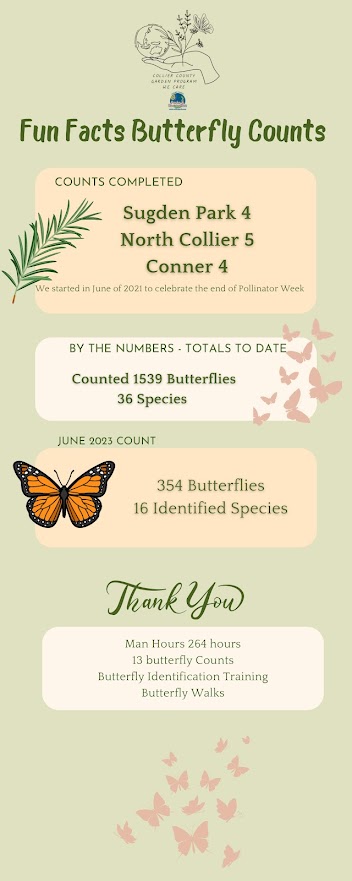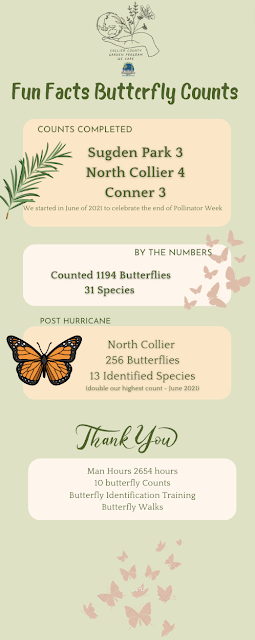Hurricane season, how can you prepare your garden??
Ah, the summer months have come again: sunshine, ice cream, swimming, and of course, hurricanes. Hurricane season officially runs from June 1st to November 30th, but August and September are where we find them the most. They have given us a sample of their presence with the afternoon showers, which seem to gradually be growing stronger- we even got the scare of Hurricane Debby last week. By now, protective measures have been echoed again and again: boarding up windows, making a “hurricane kit”, filling up gas tanks, and so on. But what about our precious gardens? This article will provide different ways to ensure their safety too.
Be mindful not to jazz up your garden too much before storms.
During the summer, it can be tempting to place stones, gravel, or new plants around your garden to make the space look more appealing. Unfortunately, these can easily wash away or get displaced once a storm hits due to high winds and heavy rain. Plus, new plants need time to situate, and being pummeled by the elements isn’t exactly a fun introduction. The one exception to new additions is soft mulch or pine needles, as these can act as a sponge and prevent soil erosion. It can also protect the roots of your plants.
2- Bring in any potted or hanging plants in advance
In the chaos of bringing in patio furniture or decorations, we may easily forget about potted or hanging plants. Be sure to bring all of them inside or outside under cover where they are sheltered from hard winds and rains that otherwise would severely damage them. If the pots weigh a significant amount though, don’t worry about moving them, as they’re less likely to fall over and you wouldn’t want to risk injury in the process. That said, if a category 4 or 5 hits, you may want to consider calling over some help to move the heavy pots to a safer location.
3- Turn off your irrigation
This is obvious: if a hurricane is coming, you probably won’t need that extra water. A day or two in advance, verify that you’ve shut off any irrigation systems throughout the storm.
4- Don't fertilize
With runoff caused by rain, using fertilizer close to when a hurricane hits will be of no use as much of it will wash away. Save fertilizer for drier months; This is most advantageous for plants and the surrounding environment, as it should only be used when absolutely necessary and when it won’t go to waste.
Pro tip: Growing native plants are often easier to maintain and require little to no fertilizers.
5- Take down stakes and trellises
If you use stakes to prop up a plant, you’re going to want to take them off to avoid hurting the plant if they break during the storm. If you have a trellis, pull it out and lay it down flat. If it is connected to a building or tree, secure it with rope or bungee cords.
6- Harvest
If you have produce in your garden that looks ready to harvest or even a bit too early to harvest, do so anyway about a day before the hurricane hits. This is so you can enjoy those fruits, veggies, or legumes while you can, saving them from getting destroyed or becoming possible projectiles.
7- Remove unhealthy trees
Old or dying trees are extremely vulnerable to hurricanes and can easily be ripped out and fall on top of cars, houses, or power lines. If you know or suspect you have one, hire a qualified arborist to inspect your trees. They will alert you if you have a hazardous tree and help develop a plan to remove it.
8- Prune
Branches hanging above or near windows can be hazardous if a hurricane hits, as they may crack or break through them. If other plants need a trim, do that too.
9- Choose “hurricane smart” plants
If you live near a body of salt water, salt-tolerant plants are more likely to survive a hurricane. Salt water can spray or waterlog plants during the storm, which can dry them, prevent their roots from absorbing water, and limit nutrient absorption. To avoid a dead garden, you can grow salt-tolerant plants like Sea blight ( Suaeda linearis), Railroad vine (Ipomoea pes-caprae), Beach morning glory (Ipomoea imperati), Beach evening primrose (Oenothera drummondii), Dune sunflower (Helianthus debilis), and Seaside goldenrod (Solidago sempervirens).
Railroad Vine Dune Sunflower
Along with salt-resistant plants, you can grow wind-resistant trees! These are special because they grow deep root systems and have a low center of gravity, meaning it will take much stronger winds to blow them down compared to normal trees. Examples of wind-resistant trees include Bald cypress, Live oak, Mexican fan palm, Sabal palm, Crape myrtle, and Southern magnolia. Trees to avoid include Sand pine, Chinese elm, Water oak, and Laurel oak.
Bald Cypress Sabal Palm
Pro tip: Group your wind-resistant trees to maximize wind buffer and to help lower your AC bill.
Sources used:
https://www.bankrate.com/insurance/homeowners-insurance/when-is-hurricane-season-in-florida/
https://tubgrinding.com/how-to-protect-landscaping-from-hurricanes/
https://soddepotflorida.com/5-tips-for-your-yard-during-hurricane-season/
https://www.lawnstarter.com/blog/landscaping/hurricane-resistant-landscaping-ideas/












